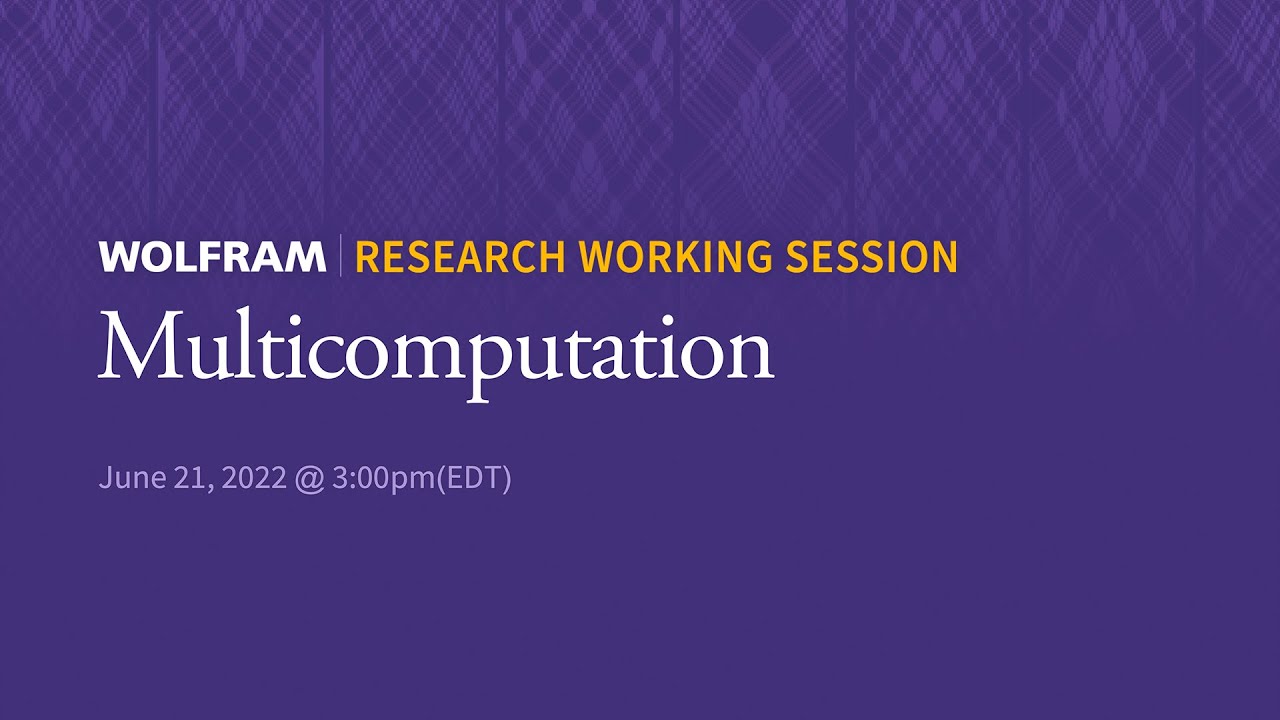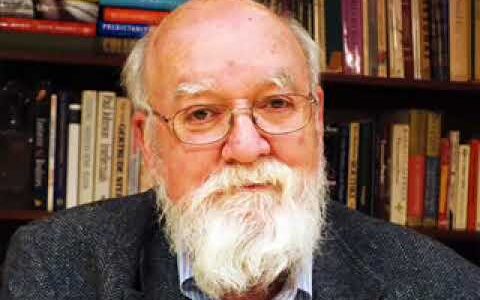Wolfram
This a research session on Multicomputation and Economic Modeling. If you’d like to contribute to the discussion in future episodes, you can participate through this YouTube channel or through the official Twitch channel of Stephen Wolfram here: https://www.twitch.tv/stephen_wolfram/
Follow us on our official social media channels.
Twitter: https://twitter.com/WolframResearch
Facebook: https://www.facebook.com/wolframresearch
Instagram: https://www.instagram.com/wolframresearch/
LinkedIn: https://www.linkedin.com/company/wolfram-research/
Contribute to the official Wolfram Community: https://community.wolfram.com
Stay up-to-date on the latest interest at Wolfram Research through our blog: https://blog.wolfram.com
Follow Stephen Wolfram’s life, interests, and what makes him tick on his blog: https://writings.stephenwolfram.com/
Source




"guy defends his broken model for 2 hours" the video.
1:02:00 – these kinds of information take up physical space. In the form of a ledger (blocks of stone, notes and books, disks…). Even digital ledger takes up some physical space (bits in cloud DB, local storage…)
So I happened to read NKS and Human Action back to back and I had an idea for something more like an elementary CA which might be interesting to look at. I don’t know how to program it myself.
Here’s the idea: Think of an ordinary elementary CA but instead of rule applications looking into the definitive past for their input (their neighborhoods), they instead look into an unpredictable “future”. This future input is merely a pre constructed 2D plane of random black and white tiles which could be made from the center column of rule 30 or anything sufficiently random. The rule applications then transform this “future” according to their rules. All persistent structures which occur can be considered Entrepreneurs, as Mises says every actor in a Market is an entrepreneur (I think you are making s mistake in considering producers and consumers as different types of things as in a market every actor does both).
That’s as far as I’ve gotten with it in my imagination. I’m not very sure on the question of initial conditions. And perhaps different “actors” (really just the effects of some initial neighborhood) apply different rules and thereby produce patterns which nearby actors need to apply their rules which creates a collaborative synergy which allows both actors to persist. This emulates the collaboration which is what Mises ultimately considers a market to be and the thing that actually generates the prosperity in a society via the law of division of labor.
Lastly, I think that a nice aspect of this idea is that it is a more complicated than a normal CA but it is still quite a simple set up .
Mises critiques inflationary policies and is mostly criticized by Keynesian economists who see inflation as a tool to make their central authority “market corrections”. Keynesianism may be the more common theory today simply because it justifies the printing of money which governments are naturally poised to do.
36:00 how many levels? Read “I, Pencil” essay by Leonard Reed.
Speaking starts at 7:25
1:50:15 — “Hyper Legislation”
1:41:31 — Different microstates. ^.^
Bendiciones hermosa Celina que Dios te cuidei donde quiera que vur.Monster encantan tus videos.
What would it mean to create something that was valuable but unsellable? 💓